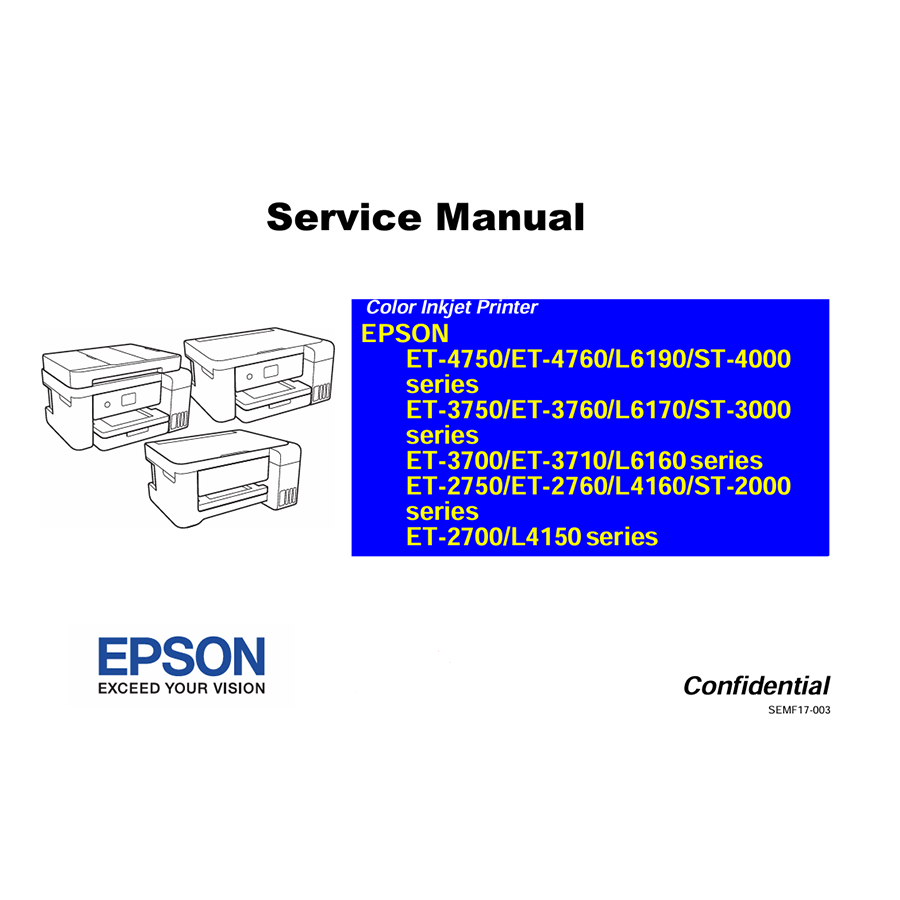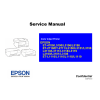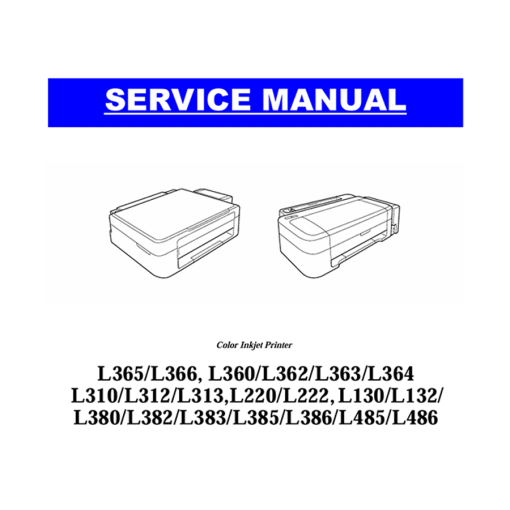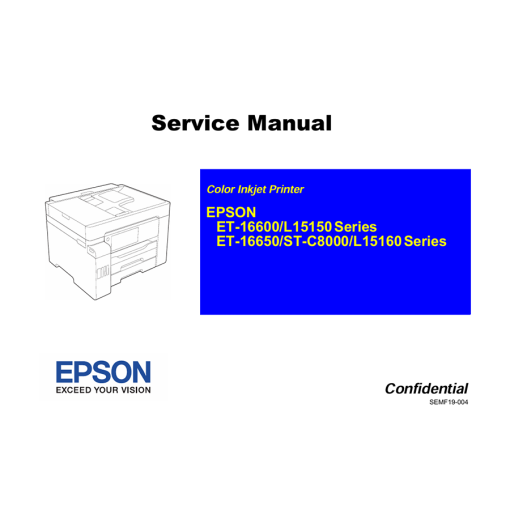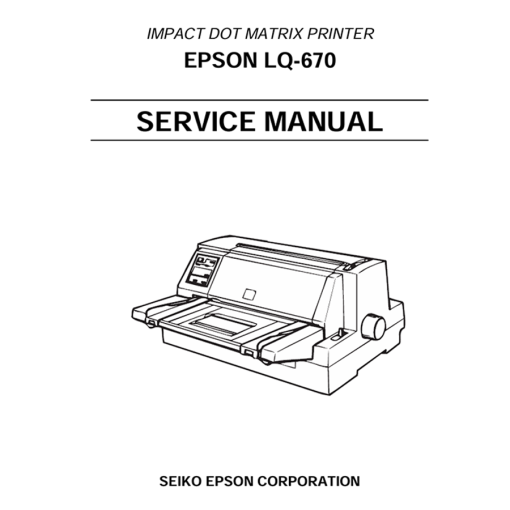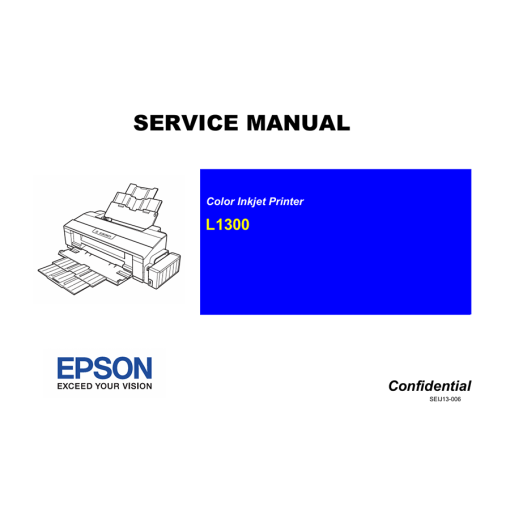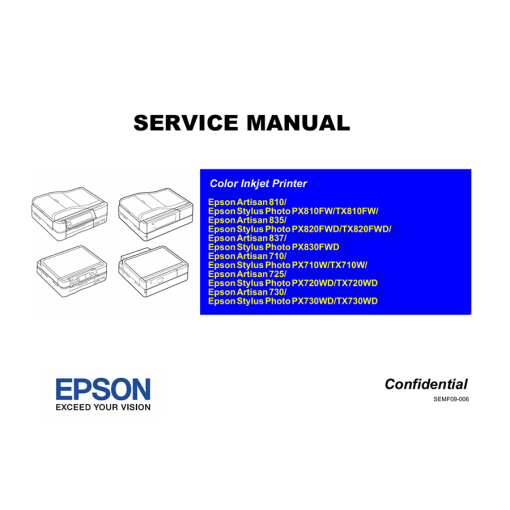-
×
 Epson L1800 Adjustment Program
1 × 0 $
Epson L1800 Adjustment Program
1 × 0 $ -
×
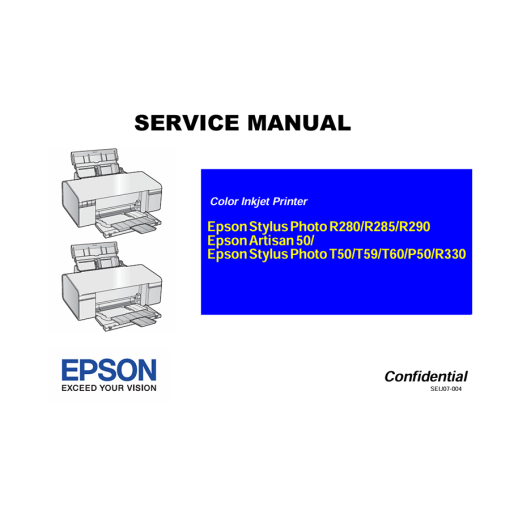 Epson Service Manual: The Essential Guide for Your Epson Stylus Photo R280, R285, R290, R330, T50, T59, T60, P50 Inkjet Printers
1 × 0 $
Epson Service Manual: The Essential Guide for Your Epson Stylus Photo R280, R285, R290, R330, T50, T59, T60, P50 Inkjet Printers
1 × 0 $
Subtotal: 0 $

